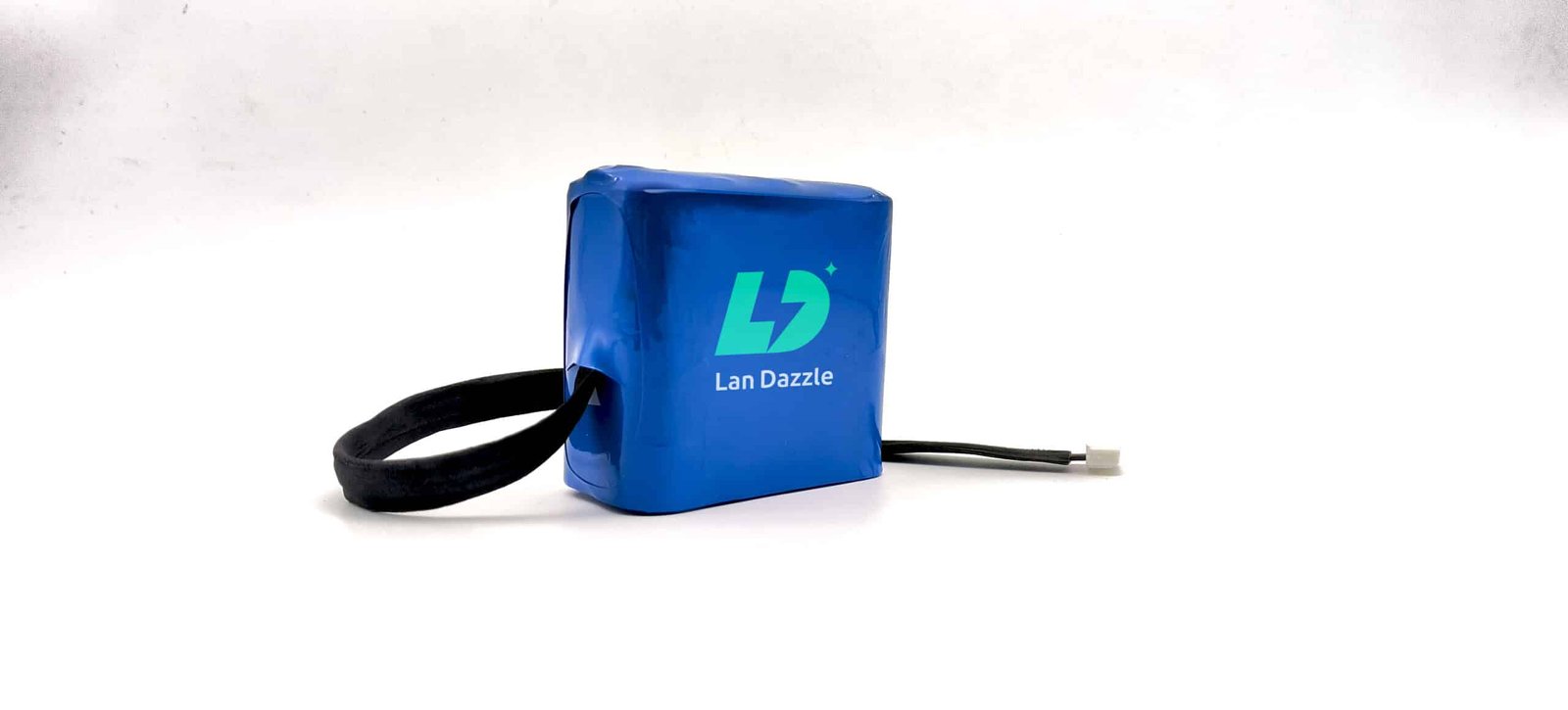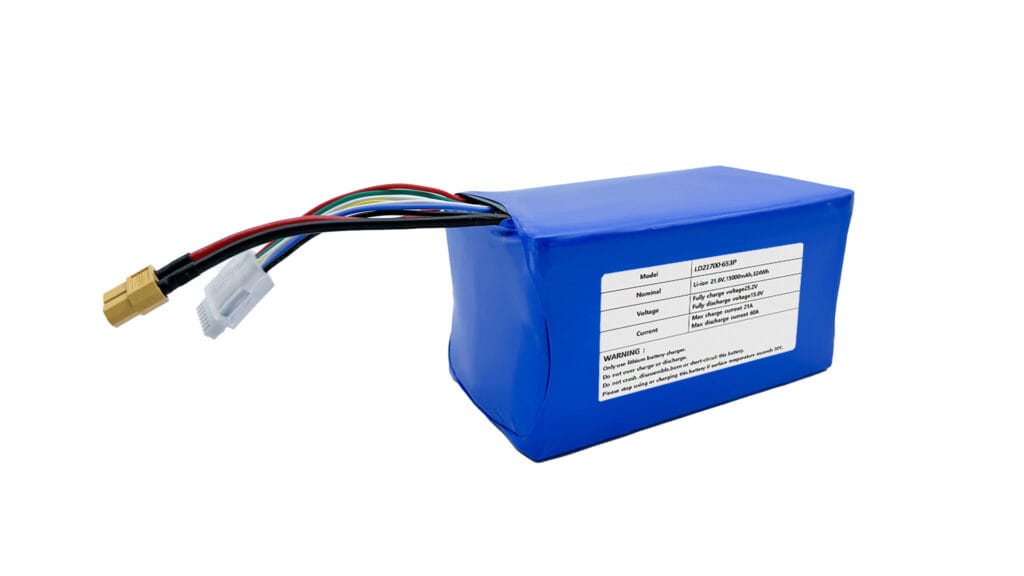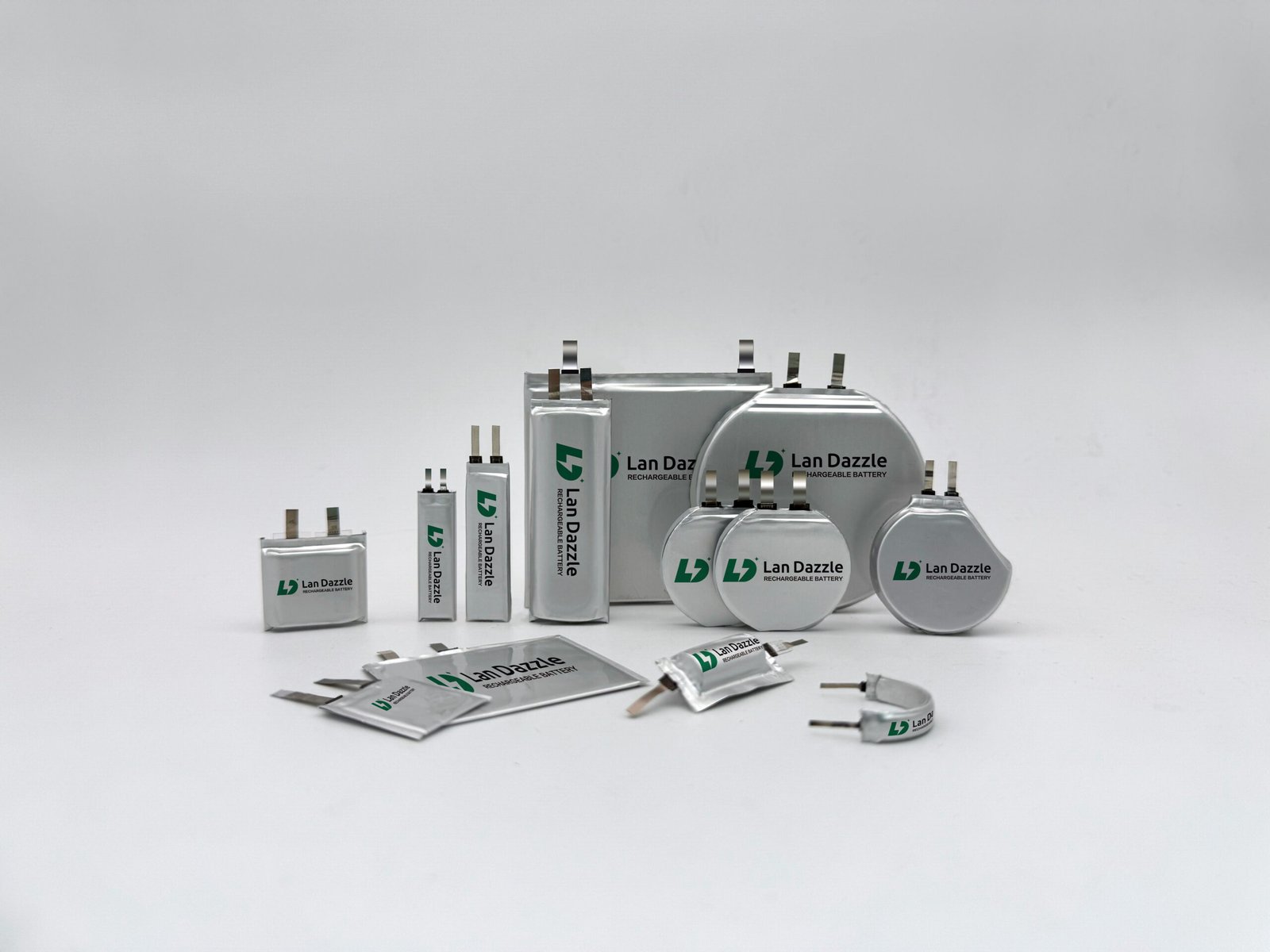For the seasoned enthusiast in the world of remote-controlled vehicles, drones, robotics, and beyond, the 4s LiPo battery stands as a cornerstone of power and performance. Offering a potent combination of voltage and capacity, these batteries are the driving force behind countless exhilarating hobby adventures.
Understanding the Fundamentals of 4s LiPo Batteries
The designation “4s” on a LiPo battery signifies that it comprises four individual lithium polymer cells connected in series. Each cell in a LiPo battery has a nominal voltage of 3.7V. By connecting four of these cells in series, the total nominal voltage of a 4s LiPo battery reaches 14.8V (4 x 3.7V). However, it’s crucial to understand that a fully charged LiPo cell reaches 4.2V, meaning a fully charged 4s battery will have a voltage of 16.8V (4 x 4.2V). Conversely, to prevent damage, a LiPo cell should not be discharged below 3.0V, setting the minimum safe discharge voltage for a 4s battery at 12V (4 x 3.0V).
Beyond voltage, two other key specifications define a 4s LiPo battery’s capabilities:
- Capacity (mAh): Measured in milliamp-hours (mAh), the capacity indicates the amount of electrical charge the battery can store. A higher mAh rating generally translates to longer runtime. For example, a 1500mAh 4s battery can theoretically deliver 1.5 amps of current for one hour.
- Discharge Rate (C Rating): The C rating signifies how quickly the battery can safely discharge its stored energy. It’s a multiplier applied to the battery’s capacity. A 4s LiPo battery with a 1500mAh capacity and a 100C rating can theoretically discharge at a continuous current of 1.5A x 100 = 150A. Choosing the correct C rating is vital to ensure your battery can provide the necessary power for your application without overheating or being damaged.
Applications of 4s LiPo Batteries
The versatility of 4s LiPo batteries makes them a popular choice across a wide spectrum of hobby applications:
- Drones and Multirotors: For many mid-sized freestyle and racing drones, 4s batteries offer an excellent balance of power and weight. Typical capacities range from 1300mAh to 2200mAh, with C ratings often exceeding 75C to handle the demanding power requirements of brushless motors.
- RC Cars and Trucks: From high-speed buggies to powerful monster trucks, 4s LiPo batteries provide the necessary voltage and current for impressive acceleration and torque. Capacities can vary greatly depending on the vehicle size and desired runtime, often ranging from 3000mAh to 6000mAh or more.
- RC Airplanes and Helicopters: 4s batteries are used in various types of RC aircraft, providing the power needed for sustained flight and aerobatics. The specific requirements depend heavily on the size and type of aircraft.
- Robotics Projects: Hobbyists and enthusiasts involved in robotics often utilize 4s LiPo batteries to power motors, servos, and other electronic components in their creations, offering a reliable and relatively lightweight power source.
- Other Applications: While less common, 4s LiPo batteries can also find their way into certain power tools, portable lighting systems, and other specialized electronic projects where a high-power, compact energy source is needed.
How to Choose the Right 4s LiPo Battery
Selecting the ideal 4s LiPo battery for your specific application requires careful consideration of several factors:
- Power Requirements: Understand the voltage and current demands of your device’s motor(s) and electronics. The manufacturer’s specifications will usually provide this information. Ensure the battery’s voltage matches and the C rating is sufficient to deliver the required current.
- Runtime vs. Weight: Higher capacity (mAh) generally means longer runtime but also increased weight. Consider the trade-offs between these factors for your application. For example, drone pilots need to balance flight time with the drone’s overall weight for optimal performance.
- Physical Dimensions: Ensure the battery’s size and shape will fit within the designated battery compartment of your device.
- Connector Type: LiPo batteries come with various connector types (e.g., XT60, EC5). Choose a battery with a connector that matches your device or be prepared to use a high-quality adapter.
- Brand Reputation and Quality: Investing in batteries from reputable manufacturers generally ensures better performance, longevity, and safety. Read reviews and do your research before making a purchase.
- Internal Resistance: Lower internal resistance allows for more efficient power delivery and less heat generation. While not always readily available in specifications, this is often an indicator of battery quality.
If you have needs about 4s lipo battery or requirments for different battery configuration, feel free to contact us at info@landazzle.com or visit landazzle.com. We are happy to provide you with the battery solutions that meet your unique needs.
How to Charge and Discharge 4s LiPo Batteries
Proper charging and discharging practices are paramount for the safety and longevity of your 4s LiPo batteries:
- Charging: Always use a dedicated LiPo balance charger. These chargers ensure each of the four cells is charged evenly, which is crucial for battery health and preventing overcharging. Set the charger to the correct voltage (14.8V or 4s) and the appropriate charging current (typically 1C, meaning a 1500mAh battery should be charged at 1.5A). Never leave LiPo batteries charging unattended, and always charge them in a fireproof LiPo safe bag or container on a non-flammable surface. Monitor the charging process and disconnect the battery once it’s fully charged.
- Discharging: Avoid discharging your 4s LiPo battery below the safe minimum voltage of 12V (3.0V per cell). Over-discharging can cause irreversible damage to the battery. Many devices have built-in low-voltage cutoffs, but it’s wise to monitor the voltage during use, especially if your device lacks this feature. The discharge rate (C rating) of your battery should always meet or exceed the demands of your application.
- Storage Charging: If you plan to store your 4s LiPo battery for more than a few days, it’s best to charge it to the storage voltage of approximately 3.8V per cell (around 15.2V for a 4s battery). Most LiPo chargers have a dedicated “storage charge” mode. Storing batteries at this voltage significantly slows down the natural degradation process and extends their lifespan.
Safety Precautions and Best Practices
LiPo batteries, while powerful, require careful handling to ensure safety:
- Physical Handling: Avoid dropping, puncturing, or otherwise physically damaging your LiPo batteries. Damaged batteries can be unstable and pose a fire risk.
- Temperature: Never expose LiPo batteries to extreme temperatures (both hot and cold). Avoid leaving them in direct sunlight or in a hot car.
- Short Circuits: Never short-circuit a LiPo battery by allowing the positive and negative terminals to come into contact. This can cause a rapid discharge of energy, leading to fire or explosion.
- Charging Safety: As mentioned earlier, always use a LiPo safe bag and never leave charging batteries unattended.
- Disposal: Do not simply throw LiPo batteries in the regular trash. They need to be disposed of properly at designated battery recycling facilities.
- In Case of Fire: If a LiPo battery starts to smoke, swell, or catch fire, do not panic. If possible, safely disconnect it. Use a Class ABC or Class BC fire extinguisher specifically rated for electrical fires, or smother the fire with sand if an extinguisher is unavailable. Do not use water to extinguish a LiPo fire. Evacuate the area and allow the battery to burn out in a safe location.
Maintaining and Extending the Lifespan of Your 4s LiPo Battery
By following these maintenance tips, you can help maximize the lifespan of your 4s LiPo batteries:
- Storage Charge: Always store your batteries at the recommended storage voltage when not in use for extended periods.
- Temperature Control: Store batteries in a cool, dry place, away from extreme temperatures.
- Avoid Over-Discharge: Monitor battery voltage during use and avoid letting it drop below the safe minimum.
- Use Quality Chargers: Invest in a reputable LiPo balance charger that charges batteries correctly and safely.
- Regular Inspection: Periodically inspect your batteries for any signs of damage, such as swelling, puffing, or cracks. Discontinue use and dispose of any damaged batteries safely.
Conclusion
The 4s LiPo battery is a powerful and versatile energy source that empowers a wide range of exciting hobbyist activities. By understanding their fundamental specifications, choosing the right battery for your application, adhering to safe charging and discharging practices, and implementing proper maintenance routines, experienced hobbyists can harness the full potential of these batteries while ensuring safety and longevity. Embrace the power, but always prioritize knowledge and responsible handling to make the most of your 4s LiPo battery adventures.
FAQ
-
What is the difference between a 3s and a 4s LiPo battery?
A 3s LiPo battery has three cells connected in series, resulting in a nominal voltage of 11.1V (3 x 3.7V) and a fully charged voltage of 12.6V. A 4s LiPo battery has four cells, providing a nominal voltage of 14.8V and a fully charged voltage of 16.8V. The higher voltage of a 4s battery generally translates to more power and potentially higher speeds or greater torque in applications like RC vehicles and drones. -
What voltage should my 4s LiPo battery be at when fully charged?
A fully charged 4s LiPo battery will have a voltage of 16.8V (4 cells x 4.2V per cell). -
What is the safe discharge voltage for a 4s LiPo battery?
It is recommended not to discharge a 4s LiPo battery below 12V (4 cells x 3.0V per cell) to prevent damage to the cells. -
How do I charge a 4s LiPo battery safely?
Always use a dedicated LiPo balance charger. Set it to the 4s or 14.8V setting and the appropriate charge current (typically 1C). Balance charging ensures each cell is charged evenly. Never leave charging batteries unattended and always use a LiPo safe bag. -
What mAh and C rating should I choose for my [drone]?
For drones, the ideal mAh and C rating depend on the drone’s size, weight, and intended use. For typical 5-inch freestyle drones, capacities often range from 1300mAh to 1800mAh, with C ratings of 100C or higher being common to provide the necessary burst power. Consult your drone’s manual or online communities for specific recommendations. -
How should I store my 4s LiPo batteries when not in use?
For storage longer than a few days, it’s best to storage charge your 4s LiPo battery to approximately 15.2V (3.8V per cell). Store them in a cool, dry place away from flammable materials. -
Are 4s LiPo batteries dangerous?
Like any high-energy density power source, 4s LiPo batteries can be dangerous if mishandled. However, by following proper charging, discharging, storage, and handling procedures, the risks can be significantly minimized. Always prioritize safety and educate yourself on best practices.





